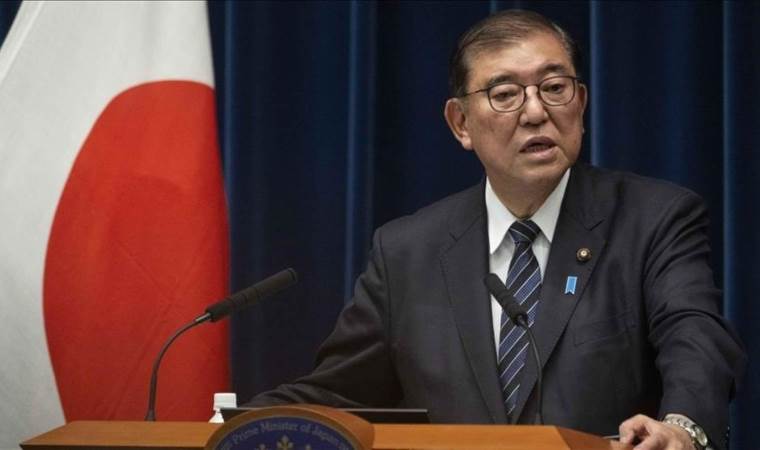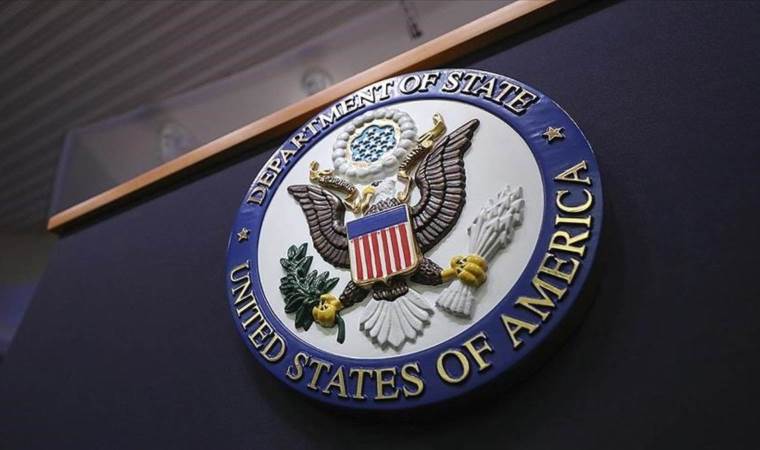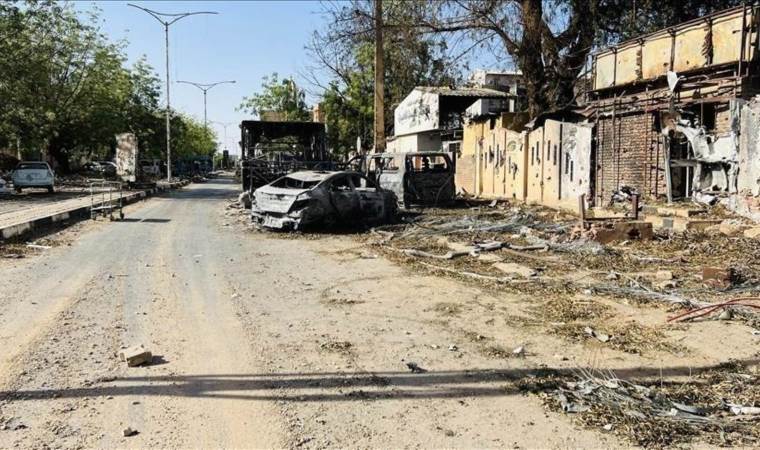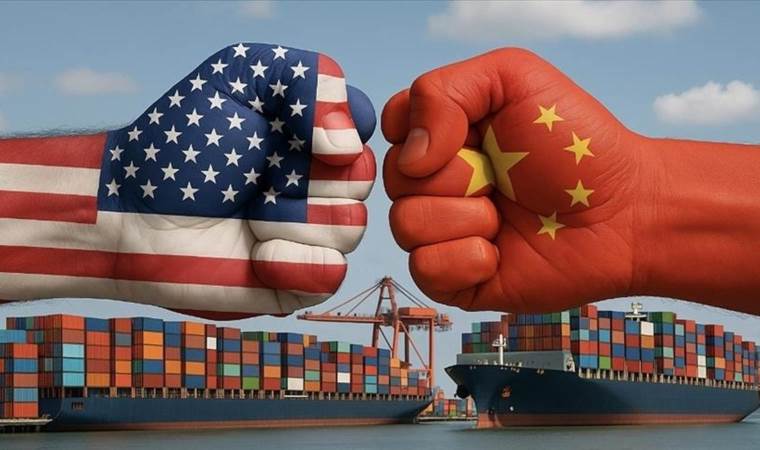Tragic tale behind 'greatest film of all time'
The 'greatest film of all time,' lauded for its cinematic brilliance, harbors a dark backstory. This grim tale stands apart in an industry known for its extreme tales.

The 'greatest film of all time,' lauded for its cinematic brilliance, harbors a dark backstory. Its production allegedly led to the deaths of director Andrei Tarkovsky, his wife Larissa, and leading actor Anatoly Solonitsyn. This grim tale stands apart in an industry known for its extreme tales.
"Stalker," set in a post-apocalyptic wasteland, was filmed in a toxic area in Estonia, chosen after an earthquake made the original Tajikistan location unusable. Released in 1979, Tarkovsky died seven years later in 1986, raising suspicions about the filming's impact on health.
Vladimir Sharun, the sound recordist, suggested the toxic filming environment contributed to the deaths. Sharun recalled filming near a polluted river in Tallinn, with scenes depicting this environmental hazard. He noted the crew's adverse health reactions and linked the deaths of Tarkovsky and Solonitsyn to bronchial cancer, a fate Tarkovsky's wife also met in Paris.
While these connections are theories without scientific confirmation, "Stalker" remains a pivotal piece of Soviet cinema. Its legacy is a stark reminder of the extremes artists might reach in their creative pursuits, often at great personal cost.
Most Read News
-
 Pope Francis dies at 88 after prolonged illness: Vatican
Pope Francis dies at 88 after prolonged illness: Vatican
-
 Kremlin ‘satisfied’ with US position ruling out NATO mem
Kremlin ‘satisfied’ with US position ruling out NATO mem
-
 Russia, Ukraine report airstrikes as Putin’s Easter ceas
Russia, Ukraine report airstrikes as Putin’s Easter ceas
-
 Trump ‘values’ talks with Japan, says Premier Ishiba ami
Trump ‘values’ talks with Japan, says Premier Ishiba ami
-
 US scales back development, diplomatic presence in Afric
US scales back development, diplomatic presence in Afric
-
 Israel bans Palestinian minister from occupied West Bank
Israel bans Palestinian minister from occupied West Bank
-
 At least 33 civilians killed in RSF shelling of Sudan’s
At least 33 civilians killed in RSF shelling of Sudan’s
-
 Gold price exceeds $3,400 to reach new record high amid
Gold price exceeds $3,400 to reach new record high amid
-
 China sanctions US lawmakers, officials, NGO heads
China sanctions US lawmakers, officials, NGO heads
-
 El Salvador’s president calls on Maduro to release Venez
El Salvador’s president calls on Maduro to release Venez










